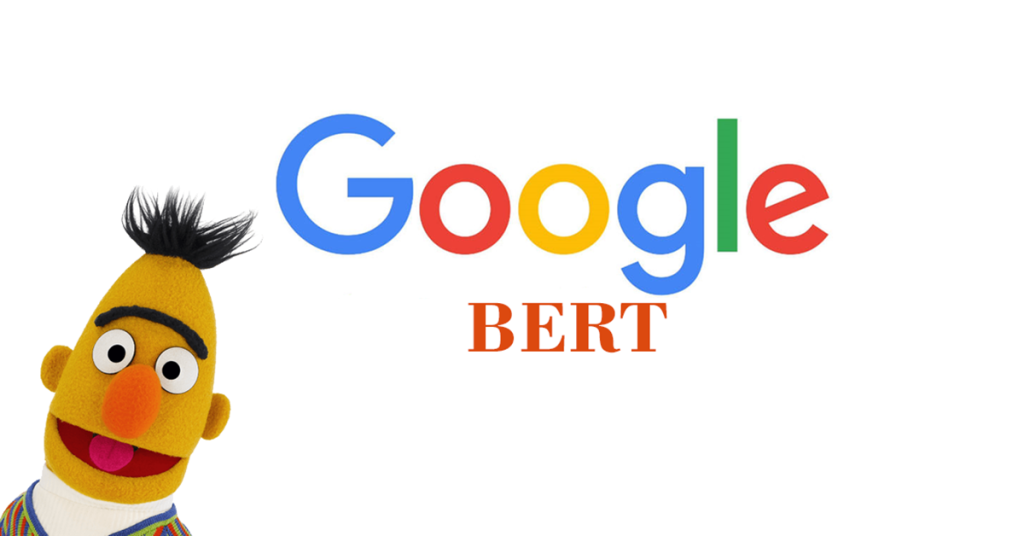In the ever-evolving world of search, Google’s BERT update has been a game-changer, revolutionizing how we understand and interact with online content. This transformative technology has not only improved Google’s search algorithms but also enhanced our digital experiences by delivering more relevant and accurate search results.
What is Google BERT?
BERT, which stands for Bidirectional Encoder Representations from Transformers, is a neural network-based technique for natural language processing (NLP). It was introduced by Google in 2018 and has since become a fundamental component of Google’s search algorithms.
BERT’s primary focus is to improve the understanding of natural language, enabling search engines to interpret search queries more like humans do.
History and Development of Google BERT
The concept of BERT emerged from a research paper published by Google AI Language in 2018, titled “BERT: Pre-training of Deep Bidirectional Transformers for Language Understanding.” The model was designed to address the limitations of traditional language models, which often struggled with understanding the context and nuances of natural language.
Unravel the mysteries of Google Fred update and explore its long-term implications for SEO strategies.
How BERT has Transformed Google’s Search Algorithms?

- BERT’s introduction marked a significant shift in Google’s approach to understanding search queries. Prior to BERT, algorithms primarily relied on keyword matching, often resulting in irrelevant or inadequate search results.
- With BERT, Google’s search algorithms underwent a paradigm shift, moving towards a deeper understanding of context and semantic meaning.
How BERT Works?
1. The Technology Behind BERT
BERT utilizes a transformer architecture, which is a type of neural network particularly effective for processing sequential data, such as text.
It comprises multiple layers of self-attention mechanisms that allow the model to capture dependencies between words in a sentence, regardless of their distance from each other.
2. Bidirectional Training

One of BERT’s key strengths is its bidirectional training approach. Unlike traditional language models that process text sequentially (left-to-right or right-to-left), BERT processes text bidirectionally.
This means it considers both the preceding and following context to understand a word’s meaning more accurately.
3. Contextual Understanding
By leveraging bidirectional training, BERT gains a deep understanding of contextual relationships between words. It can discern the nuances of language, including polysemy (words with multiple meanings) and syntactic structures.
As a result, BERT is highly effective at interpreting the intent and context of search queries, leading to more relevant search results.
Delve into the fascinating world of Google RankBrain SEO update and explore how AI is reshaping the search landscape.
Impact of BERT on SEO
BERT’s introduction had a profound impact on SEO practices, prompting a shift in focus towards creating more natural and conversational content.
- Changes in Search Queries
With BERT, Google gained a better understanding of user intent, leading to more accurate interpretations of search queries.
This meant that SEO strategies needed to adapt, focusing on creating content that aligned with user intent rather than solely targeting specific keywords.
- Content Optimization
The rise of BERT emphasized the importance of high-quality, relevant content. SEO professionals began prioritizing content optimization by ensuring that web pages provided comprehensive and contextually rich information.
This involved incorporating synonyms, related terms, and natural language patterns to better match user queries.
- Long-Tail Keywords

BERT’s ability to understand long-tail keywords and complex phrases improved significantly.
As a result, SEO practitioners could leverage this capability by incorporating more specific and detailed keyword phrases into their content, better capturing user intent and improving search result accuracy.
Also Unlock The Google Hummingbird update’s hidden power of Long-Tail keywords.
Advancements in BERT
Since its initial release, BERT has undergone continuous improvements and adaptations. Researchers have explored ways to enhance its efficiency, compress its size, and extend its capabilities to new languages and domains.
Efforts are also directed towards making BERT more accessible and usable in various applications, including real-time language processing tasks.
Common Myths and Misconceptions
Myth1: BERT only impacts search queries with complex language structures.
Fact: While BERT is particularly effective at understanding complex queries, it also improves interpretations of simpler searches by capturing contextual nuances.
Myth2: BERT makes traditional SEO practices obsolete.

Fact: BERT enhances, rather than replaces, existing SEO techniques. Keyword research and optimization are still relevant, but the focus has shifted to creating content that aligns with user intent and provides contextually rich information.
Conclusion
Google BERT is a groundbreaking NLP model that has transformed how search engines interpret and understand natural language queries. Its bidirectional training approach and contextual understanding have revolutionized search algorithms, resulting in more relevant and accurate search results.
BERT’s impact on SEO has been significant, prompting a shift towards creating high-quality, context-rich content that aligns with user intent.
Also Read :



